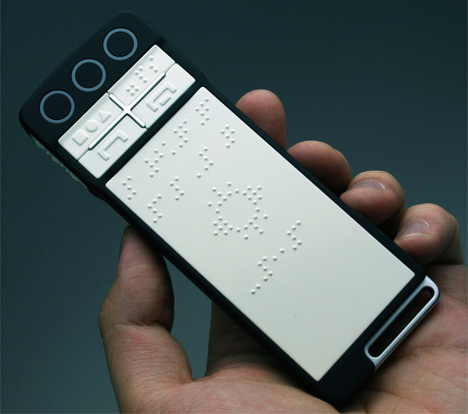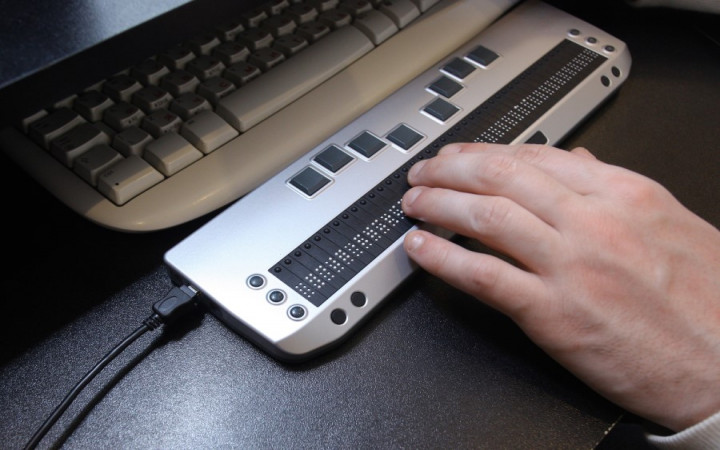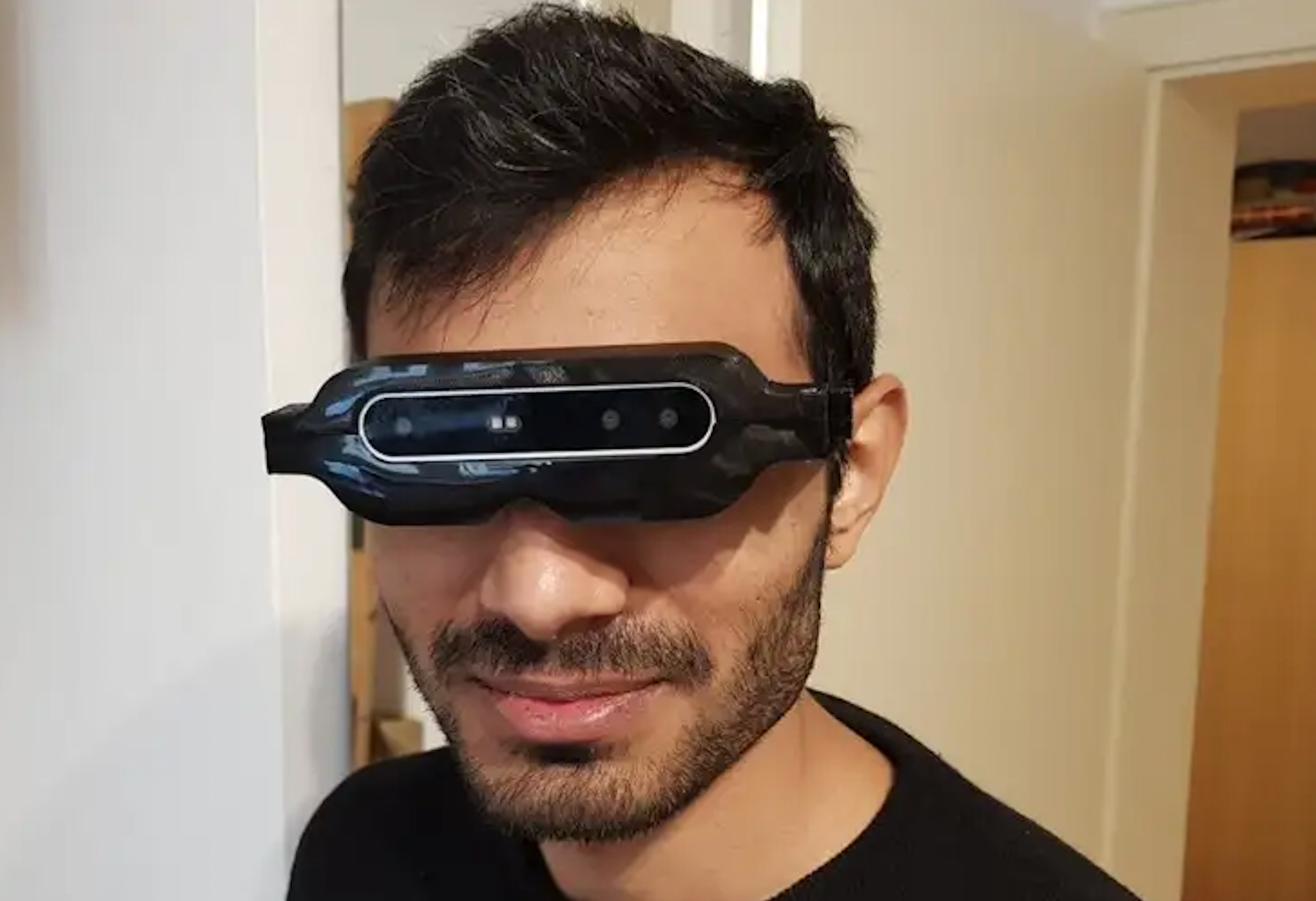Empowering Self-reliance With Assistive Technology for the Blind
The assimilation of assistive modern technology into the lives of individuals with aesthetic disabilities represents a significant innovation in advertising independence and self-sufficiency. From cutting-edge screen viewers to innovative wise walking canes, these devices not only improve day-to-day navigation and communication but additionally equip users to engage meaningfully in various facets of life. As we explore the myriad advantages and real-world applications of these modern technologies, it becomes crucial to check out the underlying aspects that contribute to their performance and the capacity for future growths in this important area.
Summary of Assistive Modern Technology

The development of assistive modern technology is grounded in concepts of inclusivity and empowerment. Innovations in software program, hardware, and sensory improvements supply individuals with alternatives tailored to their specific demands. From screen visitors that transform text to speech, to responsive tools that communicate details through touch, these tools change the way individuals involve with their environments.
Along with sensible applications, assistive technology promotes better social inclusion and involvement in numerous sectors, including education and learning and work (Assistive technology for the blind). As research study and development continue to develop, the possibility for assistive technology to even more improve the lives of visually impaired people remains appealing, leading the way for a much more fair culture where everyone can flourish
Types of Assistive Tools
A selection of assistive devices have arised to sustain people with aesthetic problems, each designed to meet specific needs and improve daily functioning. These gadgets range from low-tech services to sophisticated technologies, providing diverse alternatives for customers.
Low-tech gadgets consist of magnifiers and large-print materials that assist in reading and writing. Braille devices, such as Braille stylus pens and slates, make it possible for tactile analysis and interaction. Alignment and flexibility help, like white walking sticks, assist users browse their setting safely.
On the higher end of the range, digital magnification systems and display viewers use substantial assistance. Digital magnifiers enable users to enlarge message and pictures on screens, while display visitors convert electronic material into manufactured speech, assisting in access to details on smartphones and computer systems.
Smartphone applications additionally play an essential role, giving functions like message acknowledgment and navigation help. Wearable technology, such as clever glasses furnished with augmented truth, is emerging as an encouraging tool to boost situational awareness.
Advantages of Assistive Innovation
The assimilation of assistive innovation dramatically enhances the quality of life for individuals with visual impairments. These technologies empower users by advertising freedom, enabling them to browse their environments better and do daily tasks with higher convenience. As an example, screen viewers and magnification software application permit individuals to gain access to electronic details, fostering academic and specialist chances that might have formerly been out of reach.
Furthermore, assistive gadgets such as wise walking canes and general practitioners applications provide real-time navigating aid, enhancing flexibility and safety. This increased autonomy not only enhances self-confidence however additionally urges Click Here social involvement, permitting customers to participate even more totally in their communities.
Assistive technology likewise assists in interaction, aiding individuals connect with others with voice acknowledgment and text-to-speech applications. This capability is important for maintaining relationships and accessing critical info.
In addition, the customization choices offered with numerous assistive innovations make certain that customers can customize gadgets to their certain needs, further boosting use and efficiency. In general, the benefits of assistive modern technology for people with visual impairments are profound, advertising a much more inclusive culture where everybody can seek their goals and objectives.
Study and Success Stories
Highlighting the transformative effect of assistive modern technology, numerous situation studies show just how individuals with visual disabilities have actually effectively incorporated these tools right into their every day lives. One engaging example involves a college pupil who made use of screen analysis software application to navigate on the internet sources and academic materials effectively. This technology not only promoted her education but likewise improved her confidence in joining conversations and team tasks.
An additional study features an expert who uses a smart device application made for navigation and object acknowledgment. By utilizing this application, he has actually restored autonomy in both his personal and work environments, permitting him to commute independently and involve with coworkers extra properly.
Furthermore, a retired person shared her experience with braille e-readers, which enabled her to access a vast array of literary works and remain gotten in touch with her neighborhood through publication clubs.
These success tales emphasize the crucial duty of assistive modern technology in cultivating freedom, improving lifestyle, and promoting social assimilation for individuals with visual impairments (OCR devices for the blind). By welcoming these innovative tools, users can conquer challenges and confiscate chances that contribute to their expert and personal gratification

Future Fads in Assistive Modern Technology
Advancement in assistive modern technology is positioned to redefine the landscape of assistance for individuals with aesthetic impairments. Emerging fads emphasize the assimilation of expert system (AI) and artificial intelligence, which improve the performance of devices that aid with navigating and details availability. AI-driven applications are currently capable of analyzing aesthetic data in real-time, enabling users to involve prescription eyeglasses with their setting much more independently.
In addition, the development of wearable innovation is progressing rapidly. Smart glasses outfitted with augmented truth (AR) can give audio descriptions of surroundings, changing exactly how individuals interact with public areas. These tools not just promote autonomy yet additionally foster social addition.
In Addition, the Web of Things (IoT) is making homes smarter, permitting smooth connection between day-to-day appliances and assistive tools. This connectivity empowers individuals by making it possible for voice-activated controls and automated reactions like this customized to specific demands.
Conclusion
In verdict, assistive technology plays an essential role in empowering individuals with visual impairments by enhancing their independence and engagement with their surroundings. The diverse series of devices and applications available not only facilitates navigation and interaction yet additionally advertises social assimilation and chances for individual and expert development. As innovations proceed in this area, the capacity for improving the quality of life for those with aesthetic disabilities will expand, fostering better freedom and empowerment.
